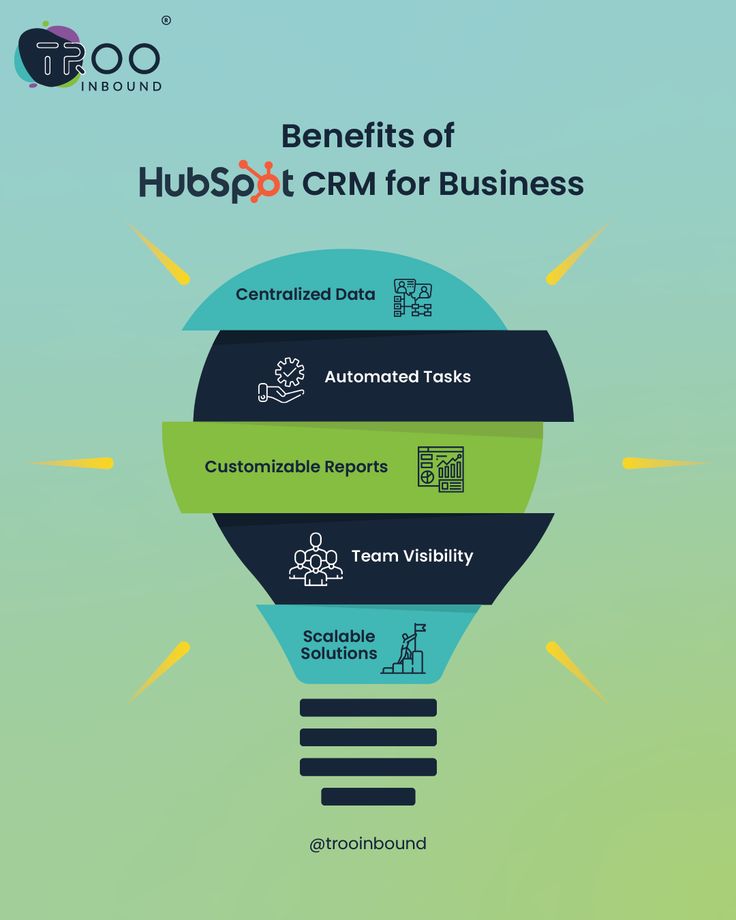
CRM for Membership Organizations: Engaging and Retaining Members
Membership organizations, whether they are professional associations, clubs, or non-profits, rely heavily on strong member relationships to thrive. A robust Customer Relationship Management (CRM) system can be a game-changer for these organizations, providing the tools needed to engage and retain members effectively. This article explores how CRM systems can enhance member engagement and retention, offering strategies and insights for membership organizations.
Understanding CRM in the Context of Membership Organizations
Customer Relationship Management (CRM) refers to technologies and strategies used to manage and analyze interactions with customers or members. For membership organizations, CRM systems help track member data, interactions, and engagement activities, enabling organizations to offer personalized experiences and improve overall member satisfaction.
Key Benefits of CRM for Membership Organizations
- Personalized Member Engagement: A CRM system stores comprehensive member profiles, including interests, participation history, and preferences. This data allows organizations to tailor communications and offerings to individual members, making interactions more relevant and engaging.
- Streamlined Administrative Processes: Automating administrative tasks such as membership renewals, event registrations, and communications through a CRM system frees up staff time, allowing them to focus on more strategic activities that enhance member value.
- Improved Member Retention: By tracking member activity and engagement levels, CRM systems can identify members at risk of lapsing. Organizations can then implement targeted retention strategies, such as personalized outreach or special offers, to re-engage these members.
- Enhanced Communication: CRM systems facilitate better communication through targeted email campaigns, newsletters, and event invitations. Segmented member lists ensure that the right message reaches the right audience at the right time.
- Data-Driven Decision Making: Detailed analytics and reporting capabilities of CRM systems provide insights into member behaviors and preferences. These insights inform strategic decisions, helping organizations to continually improve their offerings and engagement strategies.
Practical Applications of CRM in Membership Organizations
- Membership Management: CRM systems automate the membership lifecycle, from application and onboarding to renewal and retention. Automated reminders and easy online renewal processes enhance member experience and reduce administrative burdens.
- Event Management: Organizing events is a critical activity for many membership organizations. CRM systems can manage event planning, registration, and follow-up communications, ensuring a seamless experience for members and staff alike.
- Volunteer Coordination: For organizations that rely on volunteers, a CRM system can track volunteer activities, preferences, and availability. This helps in matching volunteers with suitable opportunities and recognizing their contributions effectively.
- Fundraising and Donations: Non-profit membership organizations often engage in fundraising activities. CRM systems track donor information, manage fundraising campaigns, and provide insights into donor behaviors, enhancing the effectiveness of fundraising efforts.
- Member Surveys and Feedback: CRM systems can facilitate the collection and analysis of member feedback through surveys. Understanding member satisfaction and areas for improvement helps organizations to better serve their members and enhance overall satisfaction.
Strategies for Effective CRM Implementation
- Define Clear Objectives: Before implementing a CRM system, organizations should define clear objectives. Whether the goal is to improve member retention, increase event participation, or enhance communication, having clear objectives guides the selection and customization of the CRM system.
- Choose the Right CRM: Not all CRM systems are created equal. Membership organizations should choose a CRM that caters to their specific needs, including features like membership management, event planning, and fundraising.
- Data Integration and Migration: Ensuring seamless data integration and migration is crucial for a successful CRM implementation. Clean and accurate data enhances the functionality and effectiveness of the CRM system.
- Train Staff and Members: Comprehensive training for staff and, where applicable, members, ensures that the CRM system is used effectively. Ongoing support and training help maximize the benefits of the CRM system.
- Monitor and Evaluate: Regularly monitoring and evaluating the CRM system’s performance helps identify areas for improvement. Feedback from staff and members can provide valuable insights into how the system can be optimized.
Case Studies: Successful CRM Implementation
The American Marketing Association (AMA): By implementing a CRM system, AMA streamlined its membership management and enhanced member engagement. Personalized communication and targeted event invitations led to higher member satisfaction and retention rates.
Rotary International: Rotary International uses CRM to manage its extensive network of clubs and members worldwide. The CRM system helps track member participation, coordinate events, and facilitate communication, contributing to a more connected and engaged membership base.
Conclusion
For membership organizations, a CRM system is an invaluable tool that enhances member engagement and retention. By providing personalized experiences, streamlining administrative processes, and offering data-driven insights, CRM systems enable organizations to build stronger relationships with their members. As technology continues to evolve, the potential for CRM systems to transform membership management will only grow, making it essential for organizations to invest in and leverage these powerful tools effectively.